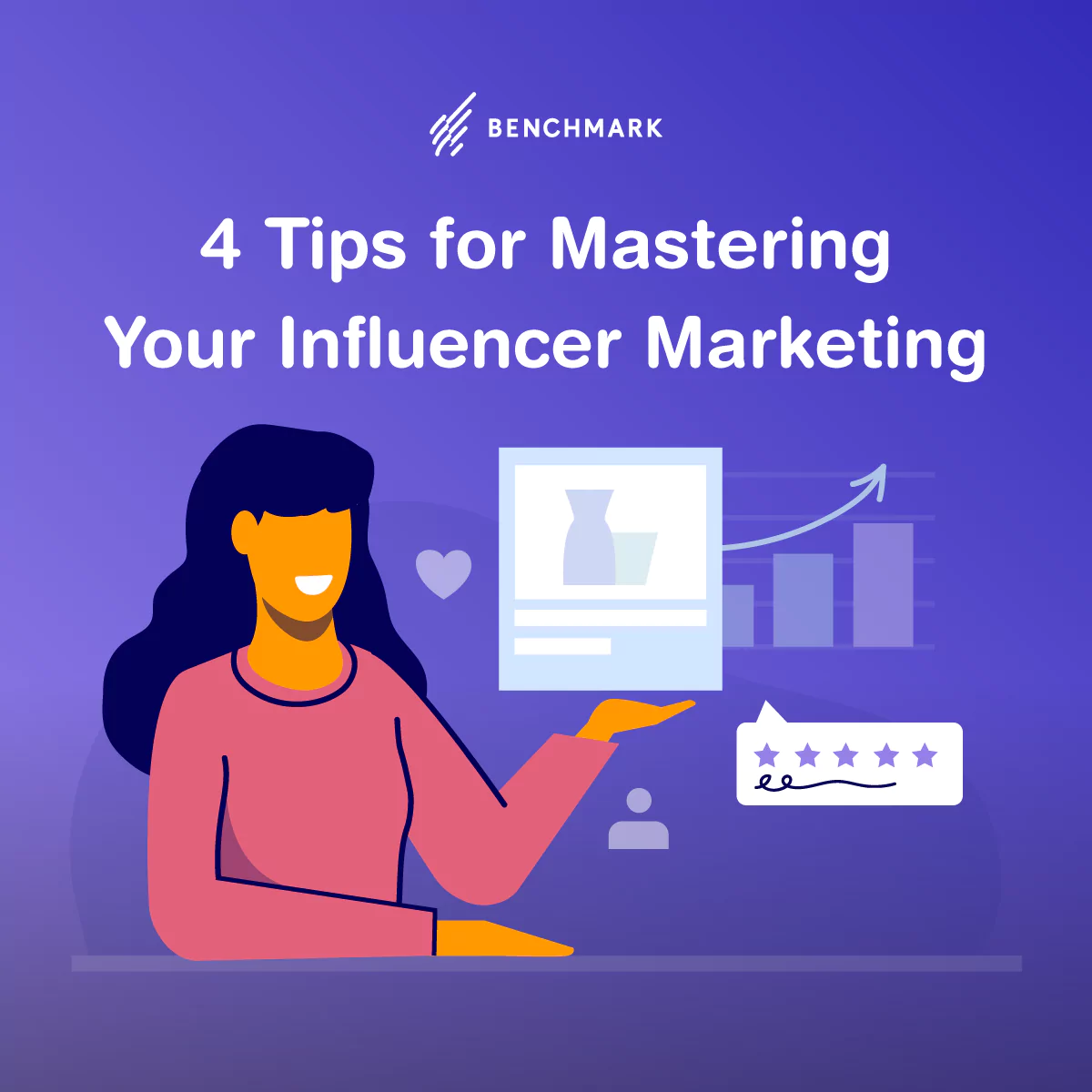
Influencer marketing is an extremely effective tactic. Even if seeing tons of influencer ads in your social media feed has turned you into a curmudgeon, you cannot deny the effectiveness of having influential people drive your brand’s message.
Take Caraway, for example. Their non-toxic, non-stick pots and pans are blowing up because they’ve enacted a robust and effective influencer marketing campaign. In exchange for free cookware, they’re getting social media influencers and other brands to share their product recommendations – and people can’t get enough of it. It’s even inspired other brands to release similar products to try and capitalize on the trend.
Influencer marketing is intricately bound up in social media and content marketing, and the three form a positive feedback loop for even greater effect. Influencers may spread the word through their own social media channels, or you may create content for an influencer’s blog, for example. An influencer marketing campaign generally contains these steps:
- Identifying key influencers
- Creating a marketing campaign geared toward those influencers
- Creating a secondary marketing campaign to extend awareness to a larger set of consumers
- Tracking metrics and fine-tuning
Mastering influencer marketing takes time and effort, but when paired with the right approach, there’s a lot third-party credibility can do for your brand and product. Use these four tips for making the most of your strategy and cashing in on some of that influencer marketing magic.
1. Define Your Ideal Influencer Profile
Obviously, your ideal influencer will have credibility and a healthy following, but it takes more to make the right match between your product and an influencer. Create a checklist of influencer qualifiers so you can be as thoughtful as possible in your partnership.
Which influencers have an audience that looks like your ideal target audience? What blogger or social media personality would your ideal customer follow? Take the time to follow these accounts and go back into their history to ensure they have built a genuine following based on their occupation, knowledge, bona fides, or other substantial drawing power. Also, make sure you thoroughly research influencers for any major PR disasters in their past. The last thing you want is to align your brand with something controversial.
2. Search Out Appropriate Influencers
You can find influencers organically through search engines, hashtag searches, word of mouth, and old-fashioned browsing. Additionally, there are online tools that will help you identify key influencers:
- Mention – helps you track online influence and find influencers to help push your brand.
- Traackr – uses keyword searches to find applicable influencers.
If you’re unsure if an influencer will be a solid fit, reach out directly and ask for information regarding their audience and demographic. This will help you determine if a match will be mutually beneficial and gauge whether or not the influencer is taking on any new partnerships.
3. Build Relationships with Key Influencers
When you have identified key influencers that interest you, the next task is to prioritize them based on who you think is most relevant to your target audience and who will most impact your marketing campaign. It’s best first to limit yourself to just a handful of influencers. Depending on what they charge or how you negotiate your partnership, it could be expensive, and it’s always best to track results before doubling down.
Building relationships with influencers begins with following them on social media, commenting on their blog posts, retweeting them, and generally putting yourself on their radar. Ask questions and engage genuinely. Pretty soon, they’ll engage with you, which will help lay a foundation for an influencer marketing partnership.
When you’re ready to partner, be specific with your expectations and how you think a partnership with your brand will be beneficial for their brand. This shows them that you understand what their brand is about, so they know you aren’t just reaching out to anyone.
4. Practice Excellent Content and Social Media Management
An influencer marketing campaign will work best if your brand has excellent content and social media management. After all, you don’t want people flocking to your blog or website only to be disappointed by what they find there. Plus, having tons of high-quality content and an active social account will impress influencers and help determine whether they decide to partner with you.
Have evergreen as well as timely content. Learn to repurpose your content across channels and refer to it in your social media accounts. You may choose to boost posts with paid social ads, which will help keep your brand’s social media game in top form during an influencer marketing phase. Remember, you want to sell more products, but you also want influencers to be happy to work with you and their fans to be happily surprised when they find your website, blog, and social media accounts.
Influencer marketing is one aspect of an all-around great marketing strategy, and it can work in almost any industry or sector. Just make sure you follow the tips above, and you’ll see some tremendous growth for your brand and product.










